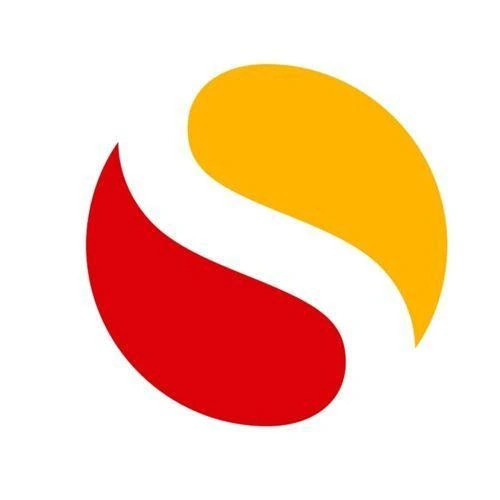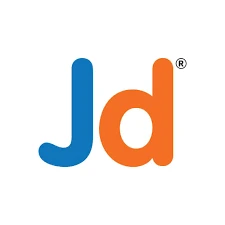|| E3D Course in Canada
The E3D Training Course offered by BIT Canada is a specialized, in-depth program meticulously designed to equip engineering professionals, designers, and students with advanced skills in AVEVA Everything3D (E3D)—a leading 3D design software used in the process plant, power, marine, and oil & gas industries. This comprehensive course delivers hands-on expertise in intelligent 3D modeling, plant design, and structural and equipment layout development, leveraging the power of E3D’s powerful, intuitive interface and collaborative features to foster high-efficiency project execution.
The training begins with an overview of plant design principles and introduces participants to the E3D environment, including user interface navigation, project setup, and model database configuration. From there, learners progress into the core functionalities of E3D, mastering modules such as Piping, Structural, Equipment, and Drafting. Each section delves into the practical application of tools for creating and managing complex 3D models with a high level of precision and real-world applicability. Users learn how to create and place equipment items, route pipework in accordance with project specifications, generate isometrics, and produce fully annotated engineering drawings and reports.
Particular emphasis is placed on intelligent modeling techniques, which allow for automated clash detection, rule-based design validation, and integration with other AVEVA tools and legacy systems. Participants also gain hands-on experience with spec-driven design, where piping components and equipment are automatically filtered according to project-specific standards, enhancing productivity and reducing errors. The course introduces collaborative design methodologies by simulating multi-disciplinary workflows, enabling participants to understand how E3D integrates with procurement, construction, and operations.
Advanced topics such as catalogue and specification creation, drawing production with Draft module, and data management are also covered, giving learners the ability to customize design standards, manage libraries, and streamline project output. The training further explores laser scan data integration, allowing learners to overlay point cloud data with 3D models for accurate retrofit design and verification.
Throughout the course, learners engage in real-time project simulations, where they apply their knowledge to industry-relevant design problems—mirroring the demands of actual engineering projects. These capstone projects are instrumental in developing a portfolio that demonstrates proficiency and readiness for roles such as E3D Designer, Piping Engineer, Plant Layout Engineer, and CAD Coordinator.
Delivered by seasoned professionals with hands-on experience in global EPC (Engineering, Procurement, and Construction) projects, the E3D Training Course at BIT Canada not only imparts technical skills but also emphasizes best practices, design ethics, and project lifecycle management. With a focus on both theoretical foundations and practical implementation, this course is an ideal gateway for individuals aiming to build or advance a career in the highly competitive field of plant and industrial 3D design.



 4.8 (21,636) reviews
4.8 (21,636) reviews


 Read more
Read more 
